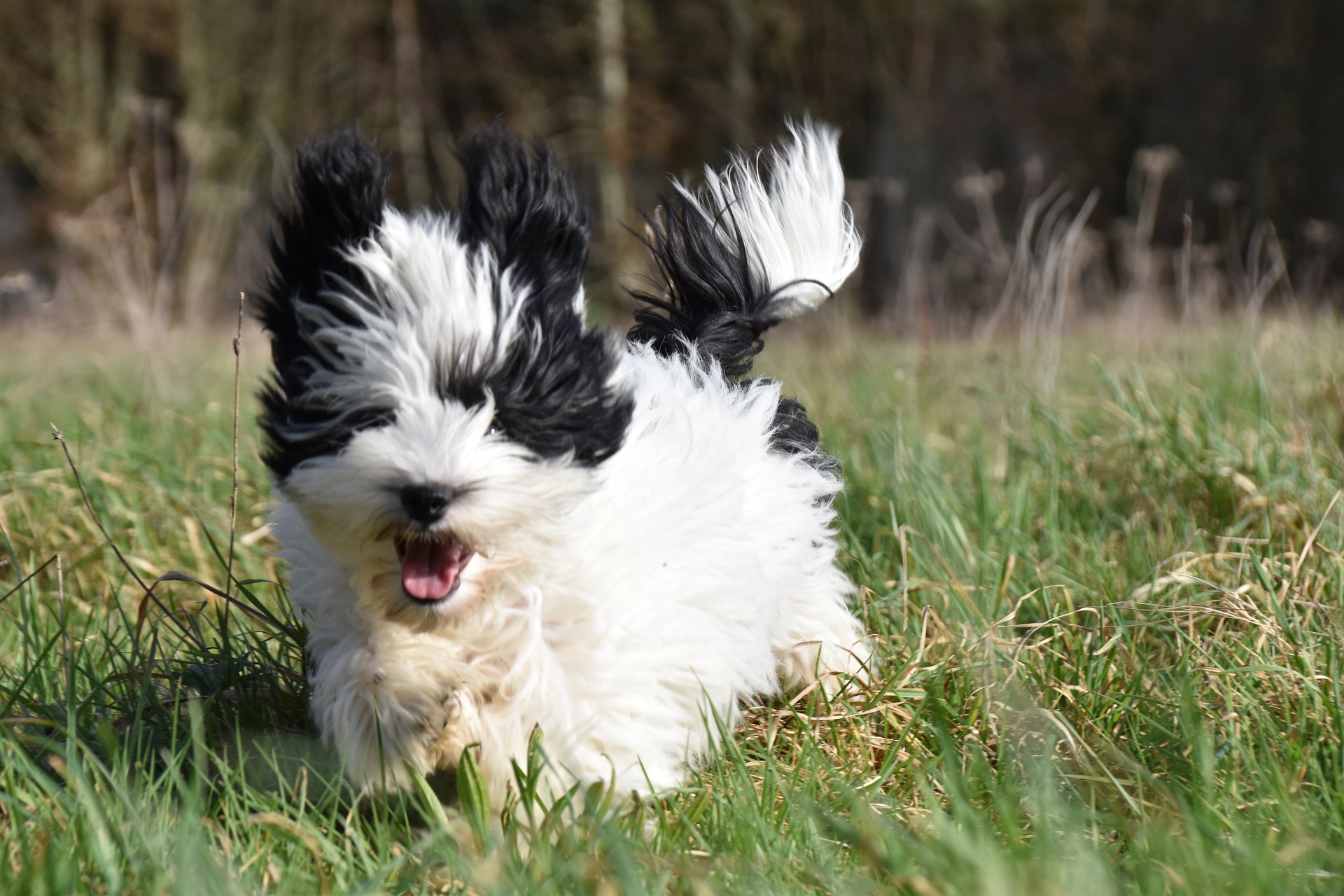Don’t Worry, My Dog Is Friendly!
If I had a pound every time I heard that when a dog runs up to my on lead dog, I’d be a millionaire!
Dogs that are on a lead are ALWAYS on their lead for a reason. They may;
- Have health issues
- Be recuperating from an operation
- Be in training
- Be a rescue dog being rehabilitated
- Have had a bad experience with another dog and may show behaviours that look aggressive, but are normal fear responses
- Be a bitch in season
- Be old and arthritic
- Be nervous or shy and meetings with a bouncy, in your face dog may cause the on-lead dog to become reactive.
Never let your pup go up to on lead dogs for the above reasons.
Many dog owners believe that their puppies need socialising with lots of other dogs. This is not true, positive associations with other dogs that are short in duration with quality interactions over quantity are far more important.
A polite on lead meet and greet should be 3-5 seconds in length with a nice loose lead, this is plenty of time for pup to remain calm. This also teaches them that they can’t play with every dog they meet, don’t forget to praise all calm behaviour. Any longer and pup may become frustrated and their excitement/arousal levels will elevate. The leads may become tangled up and may tie their owners and themselves in knots, which will add to the frustration. Worse still, if the lead has tightened significantly and caused discomfort or pain then pup may associate that with the other dog and start ‘shouting’ (become reactive) at every other dog he sees before they come too close.
Off lead interactions also have to be monitored closely. If your pup hasn’t mastered a solid recall, then they must be wearing a long line attached to a harness for safety, control and management. Long lines, or worse still a flexi lead, must never be attached to flat collars or head collars as this could cause neck or throat injuries.
If your pup shows signs of pushy behaviour that doesn’t ease up at all, it’s up to you to stop that interaction by calling them encouragingly, redirect (lure with a treat if necessary) and give pup a breather to calm themselves. If you do not step in your pup will only learn to become even more pushy. All play should be 50% equal with all playmates, one pup chases the other, then they swap over where the previous chasee becomes the chaser. One pup may stand over another whilst that pup is on its back, then they swap over.
If you are uncertain whether your pup is enjoying the play or not, then ask the owner of the more boisterous pup (it could be yours), to hold onto them for a minute. If the loose pup comes over to the held one and shows play signs, it means they’re happy to continue the interaction.
If you’re pup shows signs of being nervous, shy or fearful, then forcing them to meet out of control, pushy dogs will very likely result in them being more so. Puppies like this need extra careful introductions at their own pace, within their comfort zone, paired with lots of rewards and lots of breaks.
We are our puppies’ advocates, it’s up to us to protect them whilst teaching them appropriate behaviours with others.
Don’t make the common mistake of thinking ‘oh well, they’ll have to sort it out amongst themselves’. As you can now see this hardly ever happens, there’s always consequences to any behaviour. Saying that, if you know of an older fairly tolerant dog, they are worth their weight in gold for helping your pup learn what’s acceptable during play. Try to have an occasional controlled play date with this ‘angel’ dog if possible, without stressing the older dog out either.
Following the points above, hopefully your pup will grow up happy, friendly, sociable with other dogs and that other dog guardians will be just as considerate as you.




